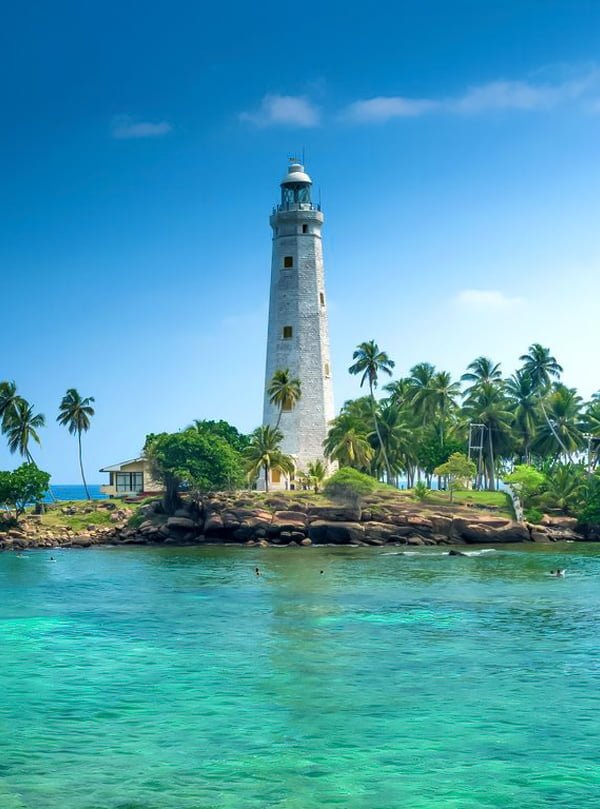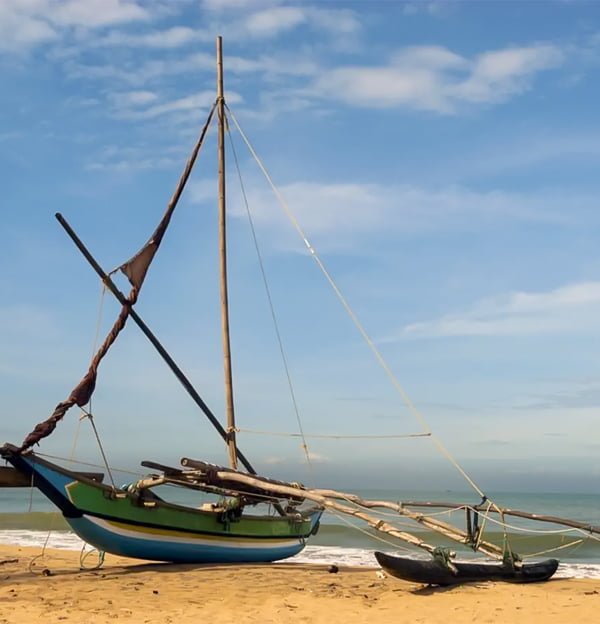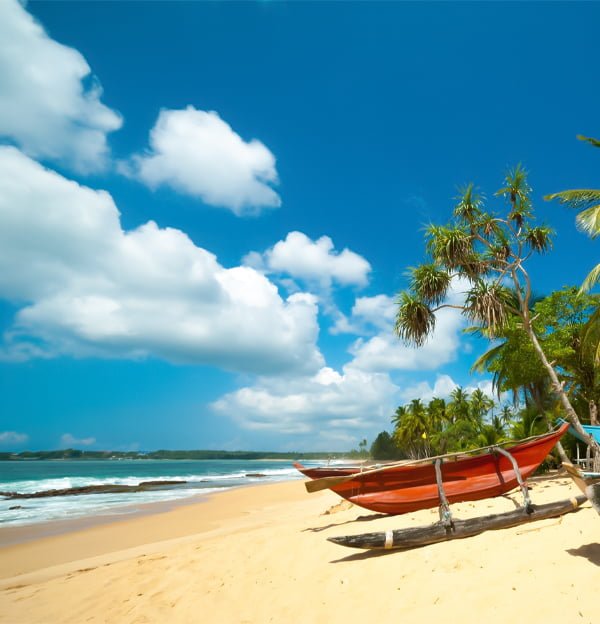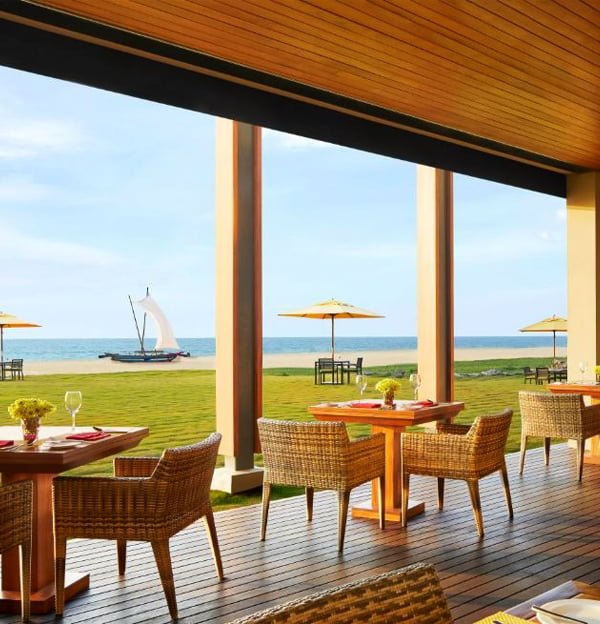The western coast’s most famous Resort Town.
While Negombo is famed for its sun-kissed beaches, the city offers a wealth of sightseeing opportunities as well. With a predominantly Roman Catholic population, Negombo is affectionately known as “Little Rome” due to its abundance of ornate Catholic churches. However, alongside these, one can also find significant Buddhist, Hindu, and Muslim landmarks, often nestled closely together. Remnants of the Dutch and Portuguese colonial era, such as the ancient Dutch Fort gate erected in 1672, still stand as testament to the city’s rich history.
Moreover, Negombo boasts the 100-kilometer-long Dutch Canal, which remains in active use to this day. Embarking on a boat ride along this historic waterway offers a unique perspective of Negombo and its surrounding suburbs, providing visitors with a refreshing and immersive experience.
Here are more details about Negombo:
Geographical Location: Negombo is a coastal city located on the western coast of Sri Lanka, approximately 35 kilometers north of Colombo, the capital city. It is situated near the mouth of the Negombo Lagoon, bordered by the Indian Ocean.
Beaches: Negombo is renowned for its beautiful beaches, which stretch along the coastline for several kilometers. Negombo Beach is the main beach in the city, offering golden sands, calm waters, and a range of beachfront amenities such as restaurants, cafes, and water sports facilities. Other popular beaches in Negombo include Lewis Place Beach and Poruthota Beach.
Cultural Diversity: Negombo is known for its diverse population, reflecting a mix of cultures and religions. While the majority of the population is Roman Catholic, the city is also home to significant Buddhist, Hindu, and Muslim communities. This cultural diversity is evident in the city’s architecture, religious landmarks, and cultural festivals.
Religious Landmarks: Negombo is dotted with numerous religious landmarks, including ornate Catholic churches, Buddhist temples, Hindu kovils, and Muslim mosques. Some notable religious sites in Negombo include St. Mary’s Church, the largest Catholic church in Sri Lanka; Angurukaramulla Temple, known for its giant Buddha statue; and Grand Mosque, an iconic Islamic landmark in the city.
Historical Attractions: Negombo has a rich history dating back to ancient times. The city was a prominent trading port during the colonial era, attracting traders from Europe, Arabia, and Asia. Visitors can explore historical attractions such as the Dutch Fort gate, remnants of Dutch and Portuguese colonial architecture, and the Old Dutch Canal, which was once used for transportation of goods.
Fishing Industry: Negombo is famous for its thriving fishing industry, which has been a vital source of livelihood for the local community for centuries. Visitors can witness colorful fishing boats lining the shores, traditional fishing techniques in action, and bustling fish markets where fresh seafood is bought and sold daily.
Cuisine: Negombo offers a diverse culinary scene, with a wide range of dining options to suit every taste and budget. Visitors can sample fresh seafood dishes, traditional Sri Lankan cuisine, international fare, and fusion cuisine at the city’s restaurants, cafes, and eateries.
Overall, Negombo is a vibrant and multicultural city with a rich heritage, stunning beaches, and a thriving fishing industry, making it a popular destination for travelers exploring the western coast of Sri Lanka.













